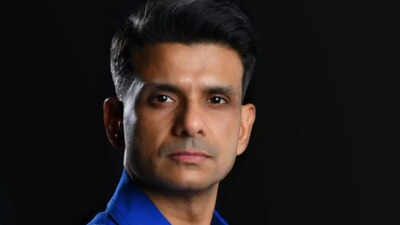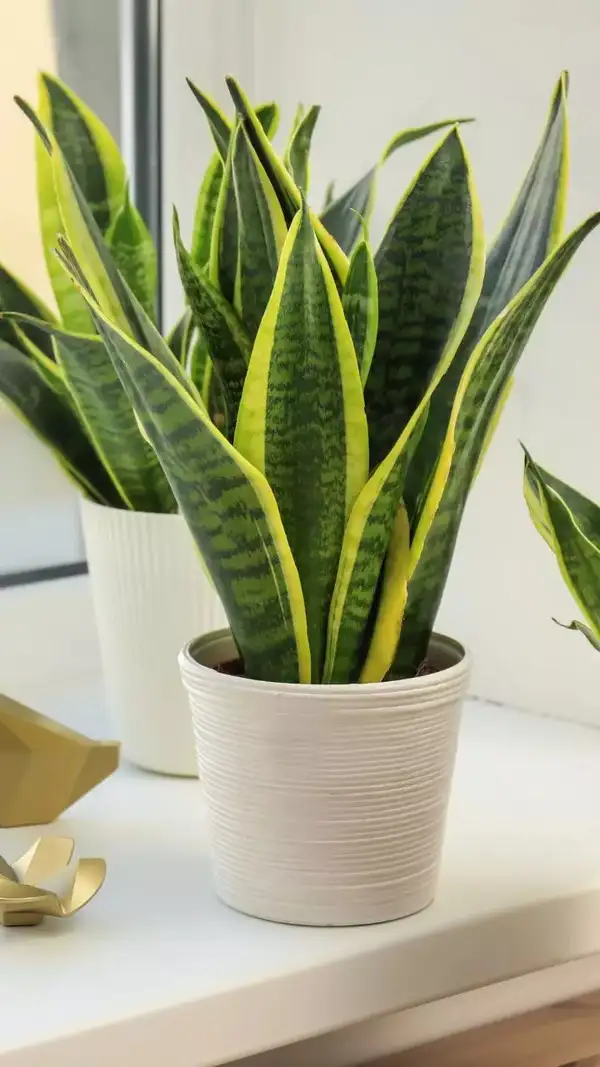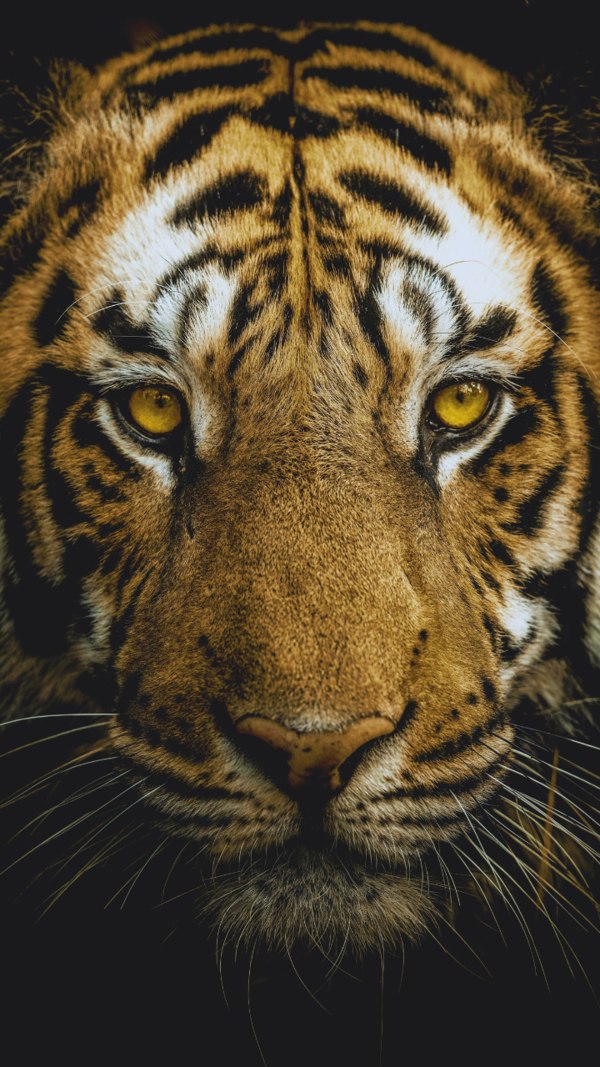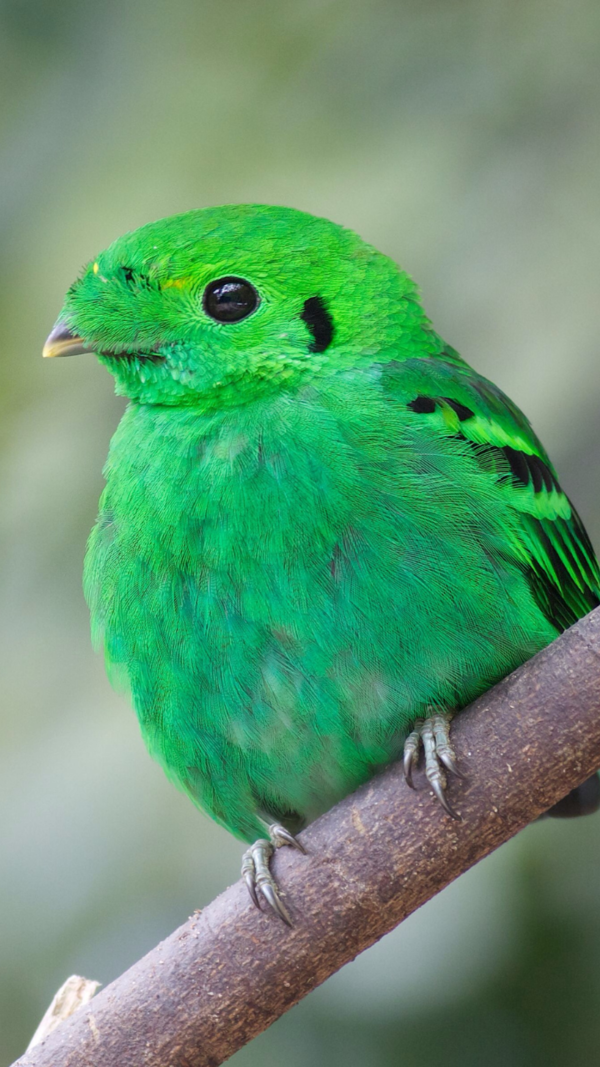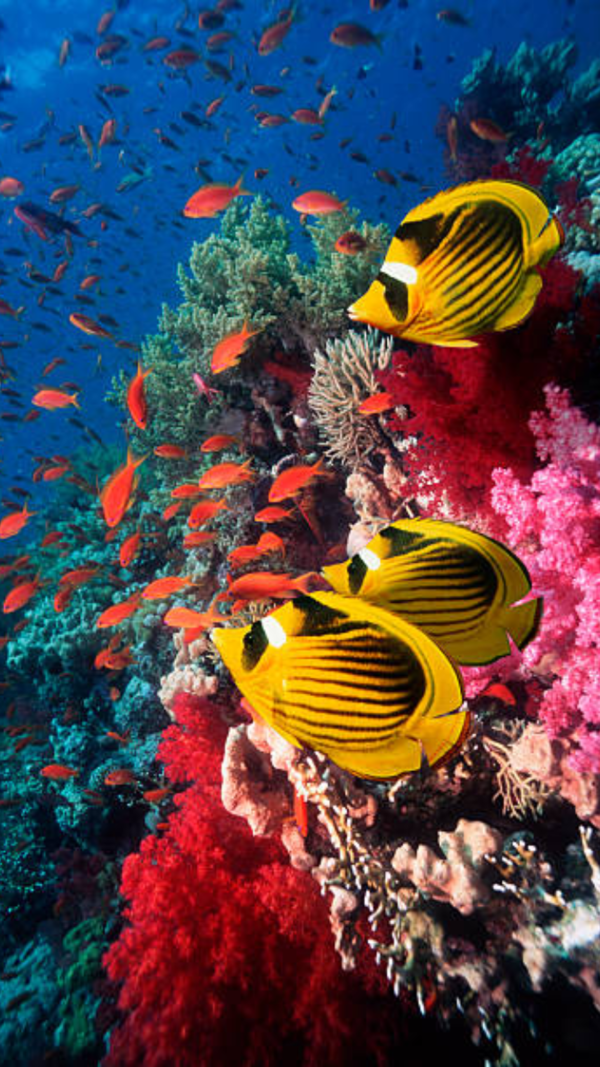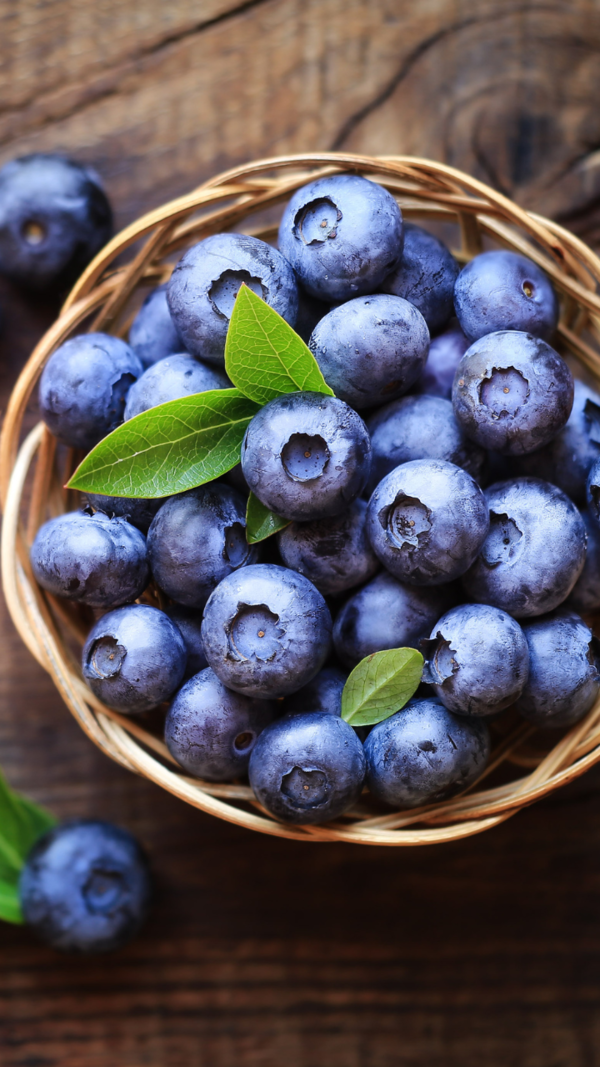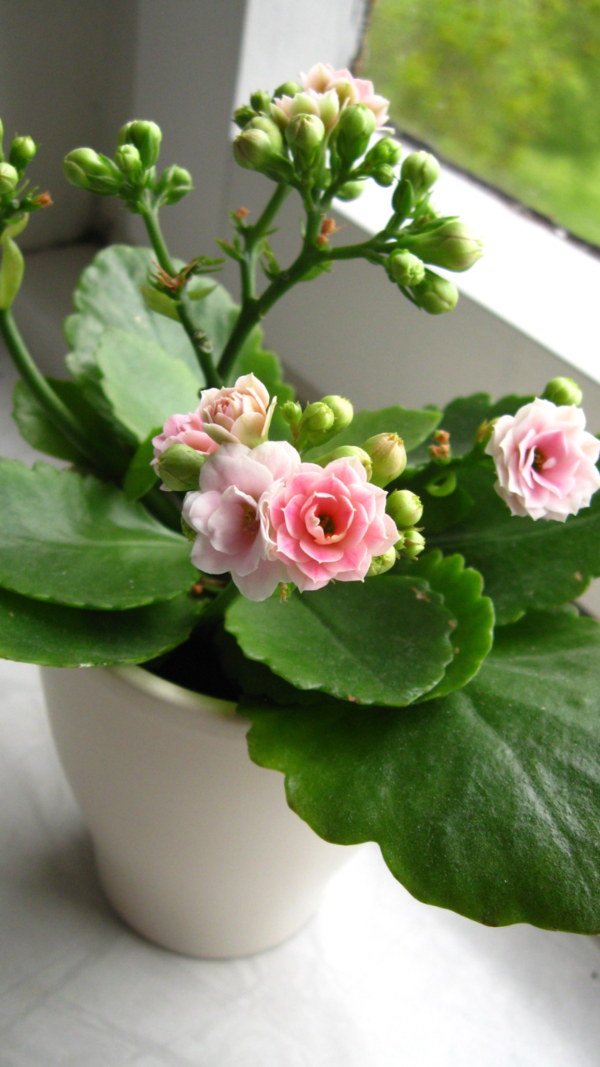Trending
Sprouting moong to exploring microgravity: What ISRO astronaut Shubhanshu Shukla will do aboard the ISS
Group Captain Shubhanshu Shukla will travel to the International Space Station. He is part of Axiom Mission-4. The mission is a joint effort by NASA, ISRO, and ESA. The team will study plant growth and muscle loss in space. They will also research water bacteria and micro-algae cultivation. The mission includes analysing human-computer interaction and water bear survival.
Indian astronaut Group Captain, Shubhanshu Shukla is all set to fly to the International Space Station (ISS) on May 29th, 2025. He is a part of the Axiom Mission-4 (Ax-4) which is a joint effort by NASA, ISRO and ESA. Shukla will be joined by three other astronauts- Peggy Whitson from the US, Tibor Kapu from Hungary and Sławosz Uznański-Wiśniewski from Poland on a mission to understand life in space and how it affects different beings such as humans and plants. The mission will include some key experiments that the team of four will be focusing on as a part of the larger aim. Find out what these are below!
Sprouting moong

Image credits: Getty Images
One of the seven experiments that are a part of the team's tasks is to analyse if salad seeds such as green gram (moong) and fenugreek (methi), will sprout and grow in space. It will focus on how plants change over generations, how microbes in space affect them and if they carry with them the same nutritional value as on Earth. The task is a part of the larger research going on to experiment and see if astronauts can grow their own food in space in the near future.
Muscle loss
Studying water bacteria
Growing microalgae

Image credits: X/@SmritiSharma_
The creation of food in space has been a major objective of research for NASA. Recently, astronauts on the ISS tried creating popular Japanese sauce Miso on the spacecraft which, according to the results, tasted different and better than on Earth. Now, astronauts will be trying to grow micro-algae which are tiny plant-like organisms on the spacecraft. If grown well in space, these can be used as food due to them being rich in proteins and nutrients and could be a part of the food supplies during long missions.
Water bears in space
Computers and space

Image credits: Getty Images
Another task of the purposeful mission is to analyse the interaction of astronauts in space with computers and screens. It will study how astronauts make use of technology while floating, particularly focusing on the movement of their hands and eyes, their focus and if they feel any stress while using digital systems in different environments.
These tasks are vital in analysing the sustenance of human presence in space.
End of Article
Follow Us On Social Media
Visual Stories
Tired of too many ads?
